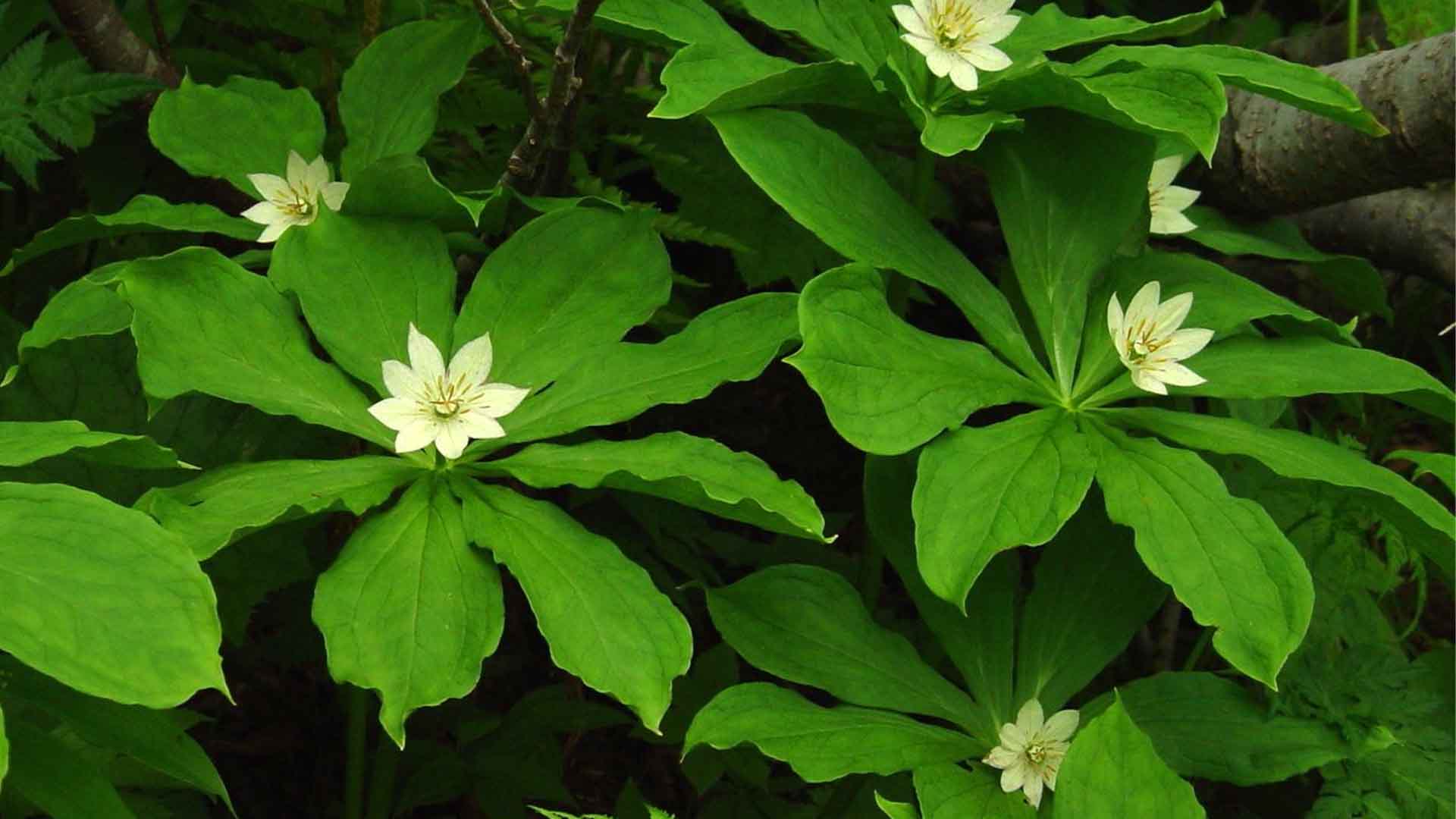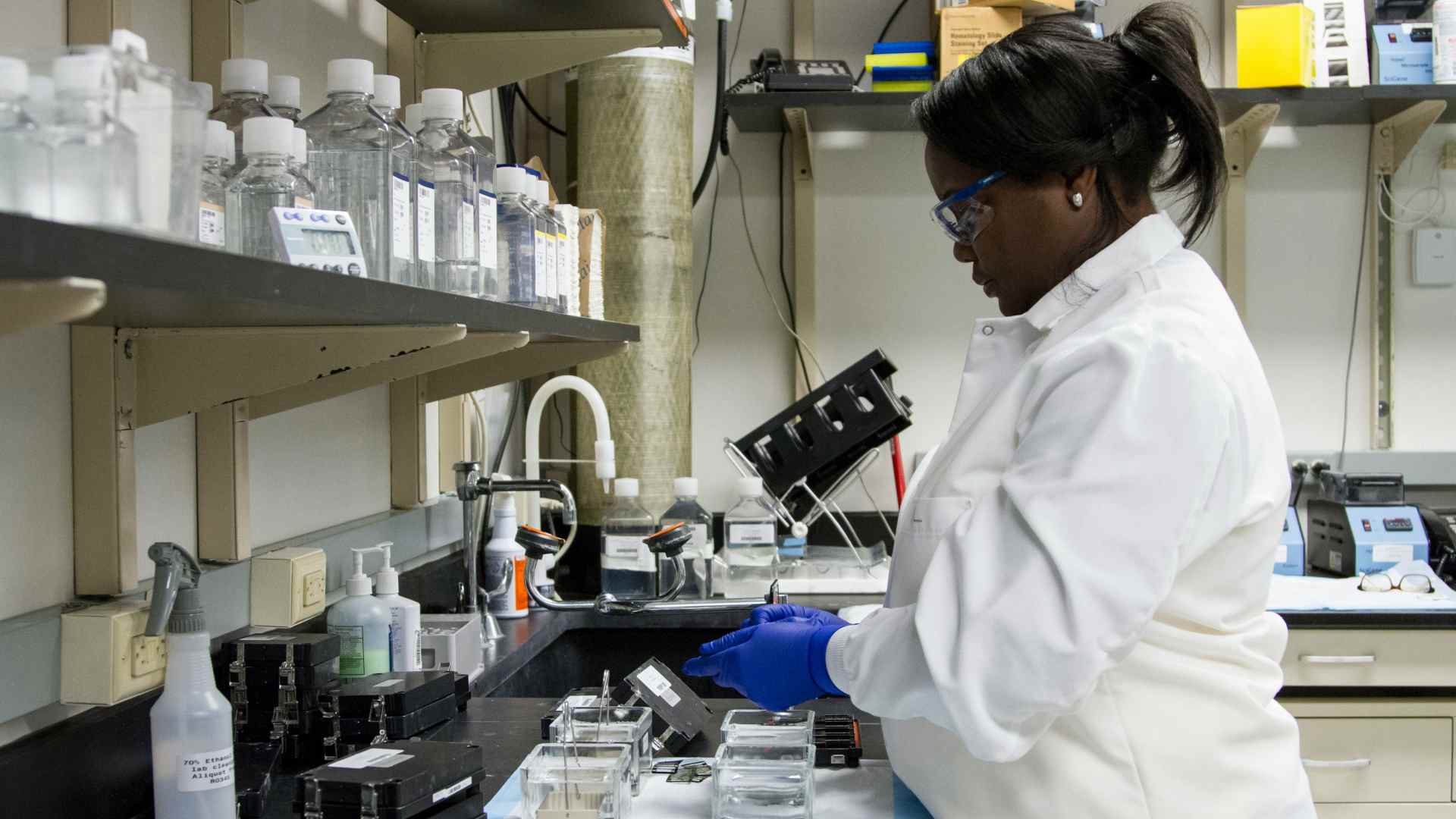A Tiny Plant Holds the Largest Genome on Earth
A recent study has identified the New Caledonian fork fern, Tmesipteris oblanceolata, as the holder of the largest genome on Earth.
Published in iScience, researchers from the Royal Botanic Gardens, Kew, and the Institut Botànic de Barcelona revealed that this tiny plant contains over 50 times more DNA than humans.
Unraveling the Giant Genome
The genome of Tmesipteris oblanceolata measures a staggering 160.45 gigabase pairs (Gbp).

Source: Freepik
To put this into perspective, if unraveled, the DNA from each cell of this fern would stretch over 100 meters, surpassing the height of the Elizabeth Tower in London, which stands at 315 feet.
What is a Genome?
A genome is the complete set of DNA in an organism, containing all the information needed for its growth, development, and functioning. It includes all the genes, which are segments of DNA that code for proteins, and other non-coding sequences.

geralt/Wikimedia Commons
In essence, the genome is the biological blueprint that makes each species unique, governing everything from physical traits to complex biological processes.
Surpassing Previous Records
This discovery dethroned the Japanese flowering plant Paris japonica, which held the record since 2010 with a genome size of 148.89 Gbp.

Source: alpsdake/Wikipedia
The new record-holder’s genome is approximately seven percent larger, setting a new benchmark in the study of plant genomes.
Journey to Discovery
In 2023, Dr. Jaume Pellicer and Dr. Oriane Hidalgo traveled to New Caledonia to collect samples of Tmesipteris.

Source: Freepik
The researchers isolated the nuclei of thousands of cells, stained them with dye, and measured the DNA content, uncovering the largest genome ever recorded.
Why So Much DNA?
Having such a vast amount of DNA isn’t necessarily beneficial. Plants with large genomes tend to grow slower, require more nutrients, and are less efficient at photosynthesis.

Google DeepMind/Pexels
These factors can limit their ability to adapt to changing environments and increase their risk of extinction.
The Ancient Lineage
Tmesipteris species are ancient plants, with ancestors dating back 350 million years, long before the age of dinosaurs.

Source: Shutterstock
They mainly grow on the trunks and branches of trees, showcasing a unique evolutionary path in the plant kingdom.
Impact on Plant Anatomy
Large genomes require larger cells to house them, impacting the plant’s anatomy. Bigger cells take longer to replicate, influencing how the plant grows and functions.

Source: Perojevic/Wikimedia
This discovery opens new avenues for understanding the relationship between genome size and plant physiology.
Global Genome Studies
Scientists have estimated the genome sizes of over 20,000 eukaryotic organisms, revealing a wide range of genome sizes across the tree of life.

Source: Wikimedia
This research highlights the incredible diversity within the plant kingdom and its implications for evolution and adaptation.
Quotes from Researchers
Dr. Pellicer noted, “For a long time, we thought that breaking the previous size record of Paris japonica was going to be an impossible mission, but once again, the limits of biology have surpassed our most optimistic predictions.”

Source: Polina Tankilevitch/Pexels
This discovery emphasizes the ongoing journey of scientific exploration.
The Humble Record Holder
Dr. Ilia Leitch remarked, “Who would have thought this tiny, unassuming plant that most people would likely walk past without notice, could bear a world-beating record in genome size.”

Source: Freepik
This discovery shows the importance of looking beyond appearances in the natural world.
Continuing the Exploration
Adam Millward, Managing Editor of Guinness World Records, also commented, “To think this innocuous-looking fern boasts 50 times more DNA than humans is a humbling reminder that there’s still so much about the plant kingdom we don’t know.”

Source: National Cancer Institute/Unsplash
Who knows what other surprises await us as we continue to study the genomes of plants and explore the relationship between genome size and plant physiology?
